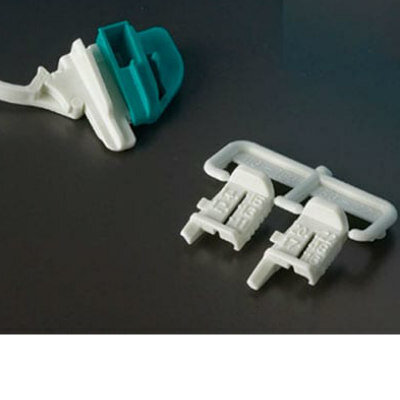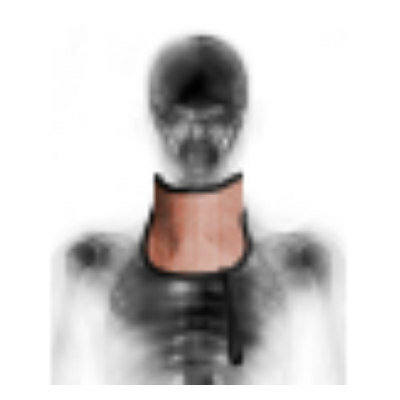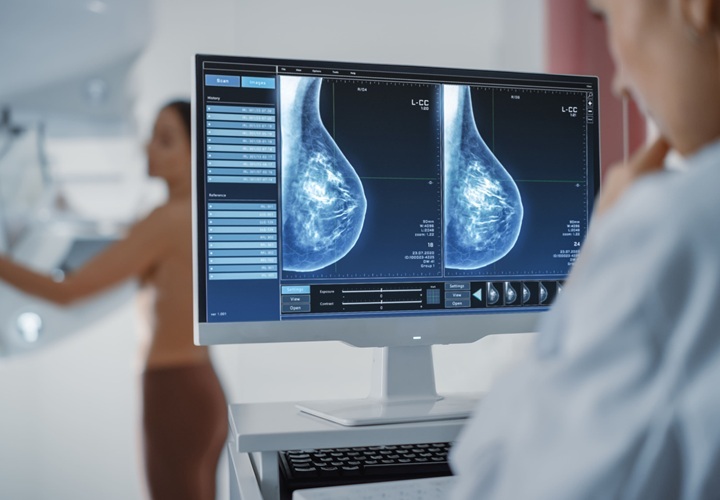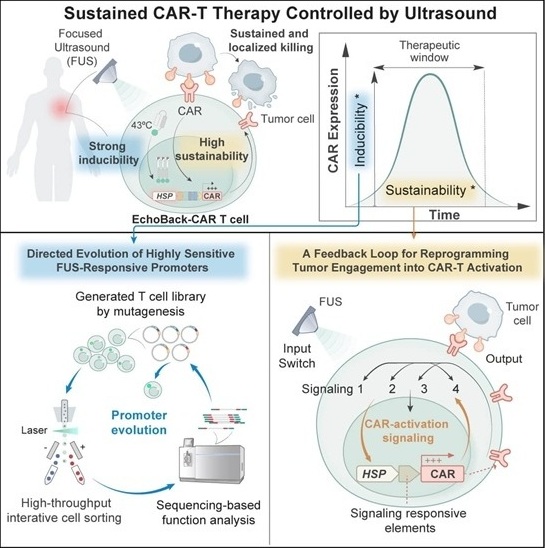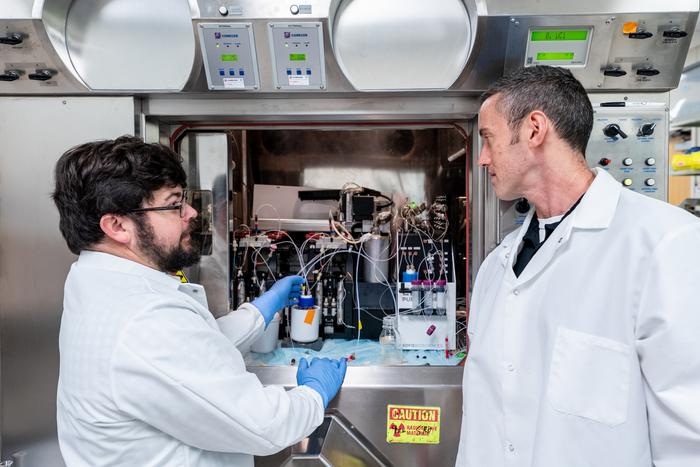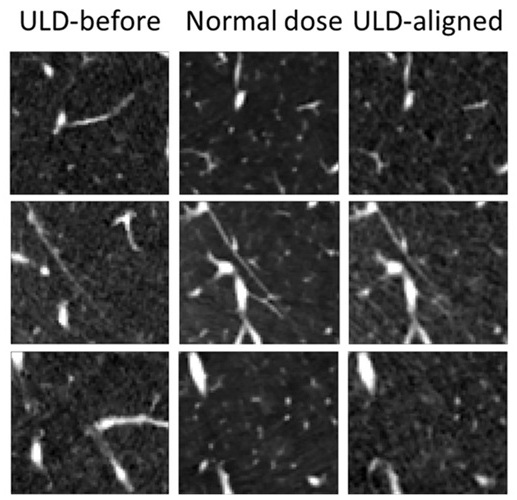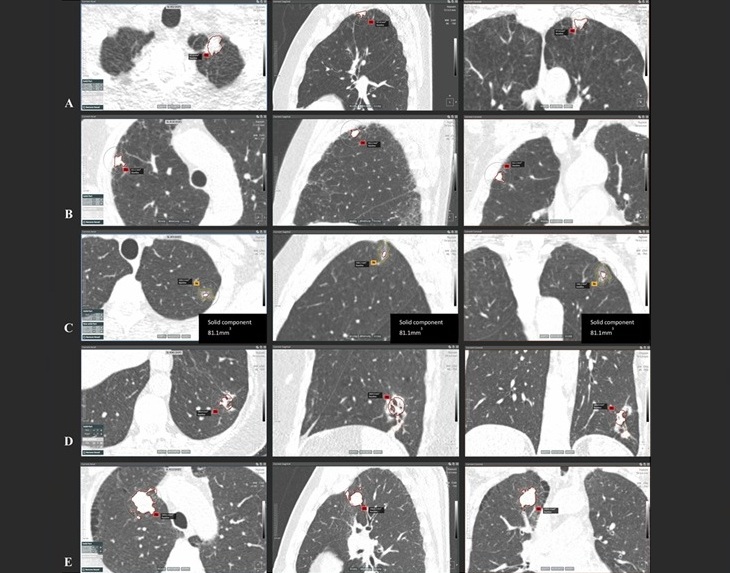New Technology Quantitatively Analyzes Alzheimer's Biomarkers Using MR and PET Images
|
By MedImaging International staff writers Posted on 21 Jul 2023 |
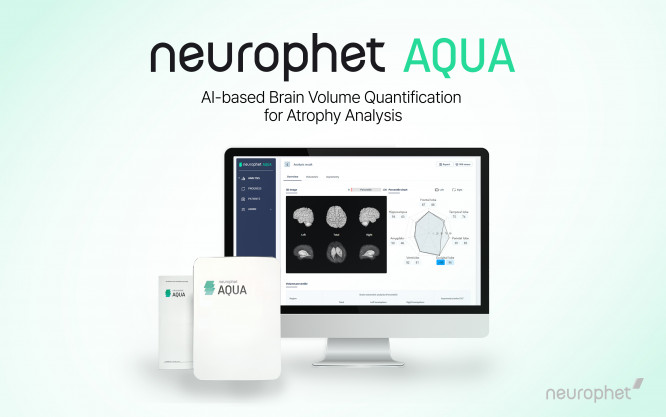
A novel treatment for Alzheimer's disease utilizes an anti-amyloid antibody drug to reduce amyloid beta proteins in the brain. However, a common side effect, ARIA (Amyloid-Related Imaging Abnormalities), often appears in brain scans of patients using the drug. Therefore, careful monitoring and management of ARIA is crucial when prescribing anti-amyloid antibody drugs. Now, new cutting-edge brain imaging solutions for Alzheimer's disease treatment can enable the analysis of ARIA, thereby improving efficacy and outcomes.
Neurophet (Seoul, South Korea), an artificial intelligence (AI) solution company specializing in brain diseases, has developed a new technology to examine ARIA-E (edema) typically detected by T2-FLAIR, an MRI sequence, and ARIA-H (hemorrhages), primarily identified by GRE or SWI. An amyloid-PET scan is necessary to observe cortical amyloid beta deposition. Neurophet’s advanced technology predicts amyloid positivity through MR images before conducting amyloid-PET scans. The use of MR images for predicting amyloid positivity could provide a cost-effective solution for clinical trials and prognosis monitoring of Alzheimer's disease treatment, given that amyloid-PET scans are costly and their use and reimbursement are severely restricted. Moreover, PET scans are not universally accessible due to the limited availability of PET scanners.
At the recent Alzheimer's Association International Conference (AAIC) 2023, Neurophet showcased its cutting-edge brain imaging analysis technology, which can be applied in clinical trials and the prescription of new Alzheimer's disease drugs. The company's Neurophet AQUA software, a brain MRI analysis tool, analyzes brain atrophy observed in neurodegenerative diseases like Alzheimer's. Another product, the Neurophet SCALE PET software, quantitatively assesses Alzheimer's disease biomarkers using MR and PET images. It provides quantitative measurement of cortical amyloid beta deposition, a known causative agent of Alzheimer's disease. Neurophet is investing in research and development of analysis technology for ARIA side effects and aims to bring the products to market along with the launch of new Alzheimer's disease treatments.
"Neurophet's major products and technologies are expected to be very useful in the process of clinical trials, diagnosis, side effect monitoring and prognosis observation of Alzheimer's disease treatment." said CEO Jake Junkil Been of Neurophet. "We are going all out to develop solutions related to Alzheimer's disease treatment to preemptively target the high-growth Alzheimer's disease treatment market."
Related Links:
Neurophet
Latest MRI News
- AI Tool Tracks Effectiveness of Multiple Sclerosis Treatments Using Brain MRI Scans
- Ultra-Powerful MRI Scans Enable Life-Changing Surgery in Treatment-Resistant Epileptic Patients
- AI-Powered MRI Technology Improves Parkinson’s Diagnoses
- Biparametric MRI Combined with AI Enhances Detection of Clinically Significant Prostate Cancer
- First-Of-Its-Kind AI-Driven Brain Imaging Platform to Better Guide Stroke Treatment Options
- New Model Improves Comparison of MRIs Taken at Different Institutions
- Groundbreaking New Scanner Sees 'Previously Undetectable' Cancer Spread
- First-Of-Its-Kind Tool Analyzes MRI Scans to Measure Brain Aging
- AI-Enhanced MRI Images Make Cancerous Breast Tissue Glow
- AI Model Automatically Segments MRI Images
- New Research Supports Routine Brain MRI Screening in Asymptomatic Late-Stage Breast Cancer Patients
- Revolutionary Portable Device Performs Rapid MRI-Based Stroke Imaging at Patient's Bedside
- AI Predicts After-Effects of Brain Tumor Surgery from MRI Scans
- MRI-First Strategy for Prostate Cancer Detection Proven Safe
- First-Of-Its-Kind 10' x 48' Mobile MRI Scanner Transforms User and Patient Experience
- New Model Makes MRI More Accurate and Reliable
Channels
Radiography
view channel
World's Largest Class Single Crystal Diamond Radiation Detector Opens New Possibilities for Diagnostic Imaging
Diamonds possess ideal physical properties for radiation detection, such as exceptional thermal and chemical stability along with a quick response time. Made of carbon with an atomic number of six, diamonds... Read more
AI-Powered Imaging Technique Shows Promise in Evaluating Patients for PCI
Percutaneous coronary intervention (PCI), also known as coronary angioplasty, is a minimally invasive procedure where small metal tubes called stents are inserted into partially blocked coronary arteries... Read moreUltrasound
view channel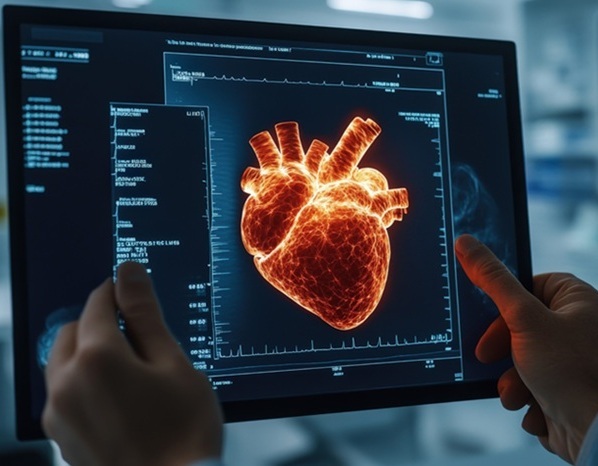
AI Identifies Heart Valve Disease from Common Imaging Test
Tricuspid regurgitation is a condition where the heart's tricuspid valve does not close completely during contraction, leading to backward blood flow, which can result in heart failure. A new artificial... Read more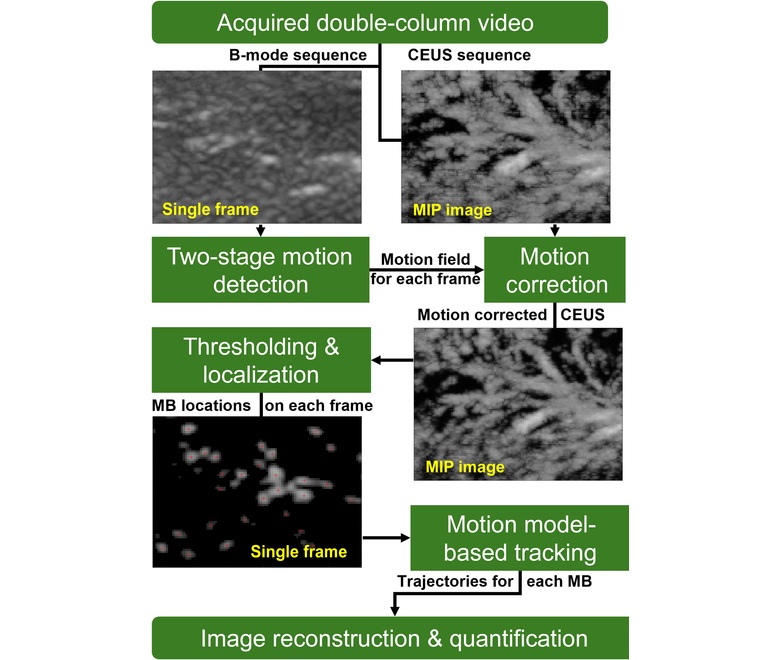
Novel Imaging Method Enables Early Diagnosis and Treatment Monitoring of Type 2 Diabetes
Type 2 diabetes is recognized as an autoimmune inflammatory disease, where chronic inflammation leads to alterations in pancreatic islet microvasculature, a key factor in β-cell dysfunction.... Read moreNuclear Medicine
view channel
Novel PET Imaging Approach Offers Never-Before-Seen View of Neuroinflammation
COX-2, an enzyme that plays a key role in brain inflammation, can be significantly upregulated by inflammatory stimuli and neuroexcitation. Researchers suggest that COX-2 density in the brain could serve... Read more
Novel Radiotracer Identifies Biomarker for Triple-Negative Breast Cancer
Triple-negative breast cancer (TNBC), which represents 15-20% of all breast cancer cases, is one of the most aggressive subtypes, with a five-year survival rate of about 40%. Due to its significant heterogeneity... Read moreGeneral/Advanced Imaging
view channel
AI-Powered Imaging System Improves Lung Cancer Diagnosis
Given the need to detect lung cancer at earlier stages, there is an increasing need for a definitive diagnostic pathway for patients with suspicious pulmonary nodules. However, obtaining tissue samples... Read more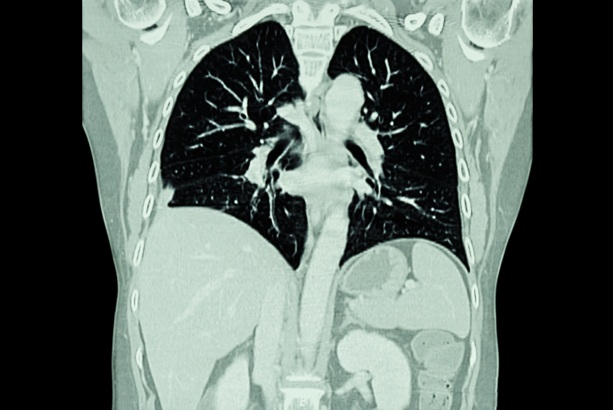
AI Model Significantly Enhances Low-Dose CT Capabilities
Lung cancer remains one of the most challenging diseases, making early diagnosis vital for effective treatment. Fortunately, advancements in artificial intelligence (AI) are revolutionizing lung cancer... Read moreImaging IT
view channel
New Google Cloud Medical Imaging Suite Makes Imaging Healthcare Data More Accessible
Medical imaging is a critical tool used to diagnose patients, and there are billions of medical images scanned globally each year. Imaging data accounts for about 90% of all healthcare data1 and, until... Read more
Global AI in Medical Diagnostics Market to Be Driven by Demand for Image Recognition in Radiology
The global artificial intelligence (AI) in medical diagnostics market is expanding with early disease detection being one of its key applications and image recognition becoming a compelling consumer proposition... Read moreIndustry News
view channel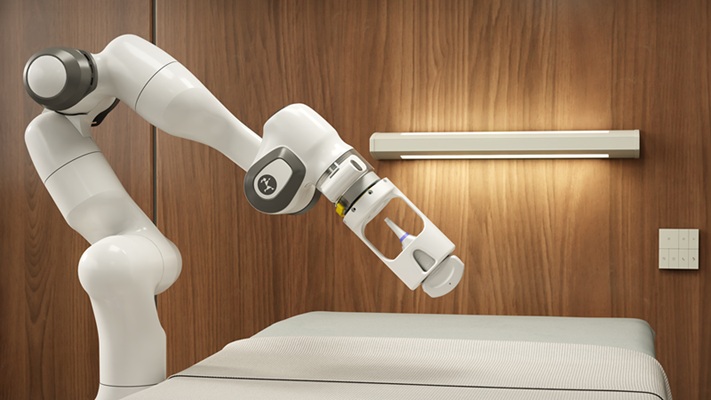
GE HealthCare and NVIDIA Collaboration to Reimagine Diagnostic Imaging
GE HealthCare (Chicago, IL, USA) has entered into a collaboration with NVIDIA (Santa Clara, CA, USA), expanding the existing relationship between the two companies to focus on pioneering innovation in... Read more
Patient-Specific 3D-Printed Phantoms Transform CT Imaging
New research has highlighted how anatomically precise, patient-specific 3D-printed phantoms are proving to be scalable, cost-effective, and efficient tools in the development of new CT scan algorithms... Read more
Siemens and Sectra Collaborate on Enhancing Radiology Workflows
Siemens Healthineers (Forchheim, Germany) and Sectra (Linköping, Sweden) have entered into a collaboration aimed at enhancing radiologists' diagnostic capabilities and, in turn, improving patient care... Read more






